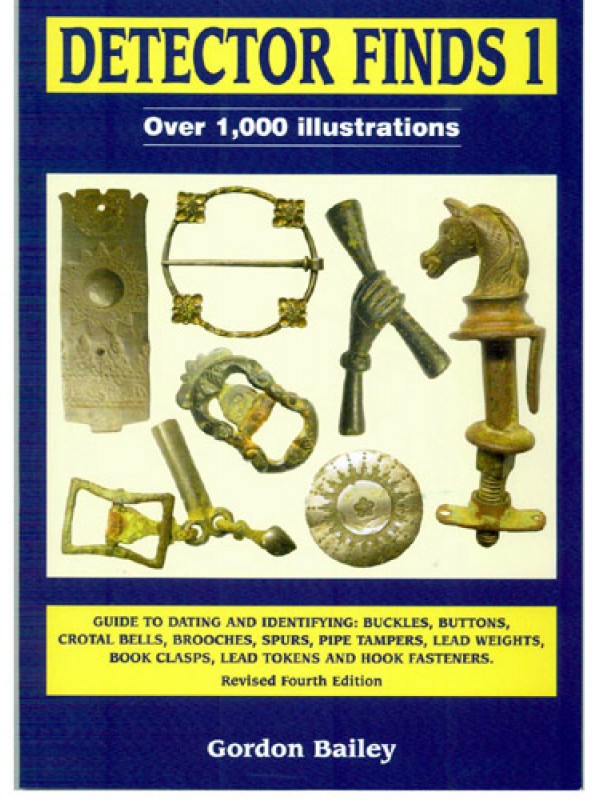
Detector Find Reviews by Gordon Bailey
Published by Greenlight Press
The Detector Find books are a series of 7 really solidly researched, handy reference manuals (though number 4 is named Finds Identified ? no one quite knows why).
They are actually published as identification aids for objects found by amateur metal detectorists in the United Kingdom, but they have plenty of useful information for the living historian.
Each book covers a wide period of time and an enormous variety of small non-precious metal artifacts; everything from harness pieces and weapon parts, to cutlery, tools of every description, dress accessories, pilgrim tokens and bells. The sheer breadth of metal object categories is truly stunning.
Understand however, that these books are not how- to manuals. Unlike the superb Museum of London artifact series, they don?t discuss or have in depth analysis of what a particular item was used for, how it was constructed or by whom. Personally, I like to use them as catalogues. I particularly appreciate that each category in a book has colour photographs (with scale bars!) of extant pieces, includes detailed line drawings of different perspectives, and a concise summary of materials, decorations, manufacture and context of the piece.
I think these books provide a great insight for anyone interested in the metal tools, fashion and accessories used by, and for, the average persons? day to day living. If you already have a working knowledge of metal craft, and enjoy re-creating the many types and forms of the metal smiths art, then these are definitely a resource worth their weight in gold.
These Titles are also in stock on the Mainly Medieval site.